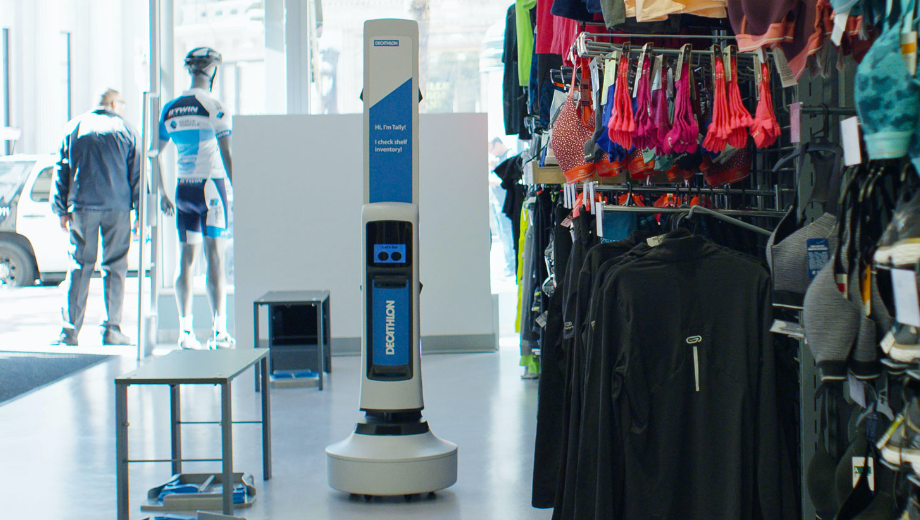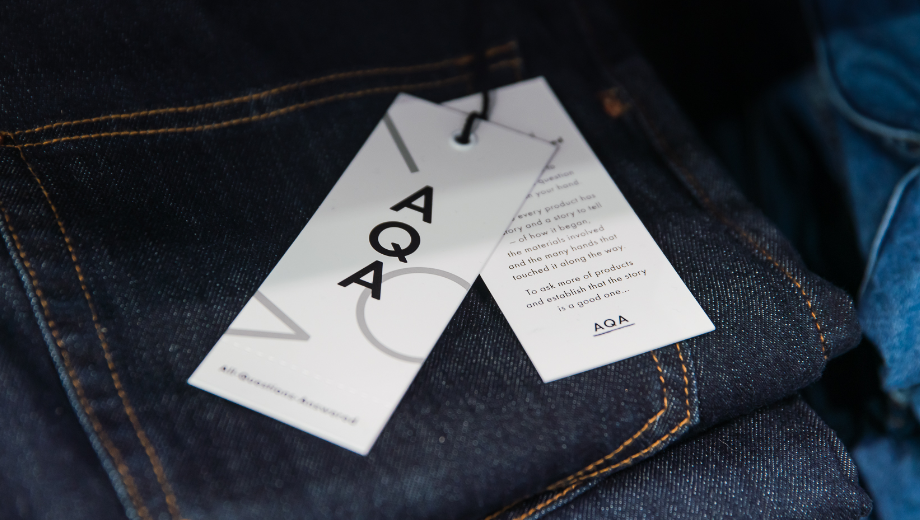Founded in 1971, CITY Furniture runs two large distribution centers, and each showroom contains 15,000 to 17,000 pieces. "We've been growing tremendously," Chad Simpson, CITY Furniture's senior vice president of technology says. "We've been in hyper growth mode," with more stores opening in the Orlando area and Tampa, and with plans to reach into Georgia in the coming years.
Previously to capture inventory numbers, store associates had to physically count everything several times annually using 2D barcode scans. "We set up a crew and count every single item in every showroom over five or six days," Simpson says. CITY wanted inventory counts conducted more frequently, and to better serve its customers shopping online and seeing or buying items in store. During the pandemic, he says, inventory accuracy for such buyer behavior has been more important than ever.
One of its challenges was around inventory loss. Thousands of dollars' worth of merchandise was often found to be missing during annual manual inventory counts. Some of those goods may have been located in different showrooms, Simpson explains, or they may have been sold without being accounted for, but others were lost entirely. "We didn't have visibility," he states. "Even if the product was physically there, we didn't always know it was there."
Once the COVID-19 outbreak began business shut down. This is when CITY Furniture started to talk to RFID4U, an Avery Dennison Smartrac partner. It recommended TagMatiks, its next generation RFID software platform paired with Avery Dennison Smartrac's passive UHF RFID Midas Flagtag®.
This is used in conjunction with Convergence Systems Ltd. (CSL)'s CS108 Sled handheld readers, using docking stations for recharging. The system was implemented remarkably quickly from April 2020 to August 2020 which included deploying the TagMatiks solution and accomplishing the necessary integrations and customizing.




